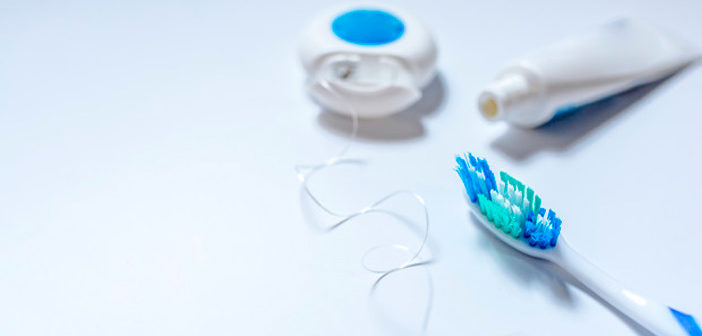We commonly get the question asking what is the optimal order to perform the various strategies we teach for oral hygiene to stop tooth decay, get rid of bad breath and halt the progression of gum disease.
Questions like… “Should we brush first then floss or floss then brush?” and, “when should I use the tongue scraper?” are among the many versions of this question.
Knowing what sequence to practice the various oral hygiene techniques can be dizzying, especially for those new to navigating this path to optimal oral health. In this article we will share what oral hygiene sequence we have found best supports us along our path to optimal oral health and why.
Questions like this tend to skip over what we consider of primary importance and jump straight to the technical details. Of course, what oral hygiene habits we practice do matter and the order we practice them helps us optimize our oral health. However, why we do something and how we do it are generally more important than what we do.
Let’s take the simple practice of brushing our teeth to demonstrate an example. We believe that understanding why we brush and how to brush are of greater importance than what we brush with.
So, with the relative importance of brushing and flossing with conscious awareness in place, let’s figure out together the best sequence to help navigate to optimal oral health.
1. Brush first
Why should we brush first?
Two reasons really.
First, most of us have a strongly engrained habit of brushing already. It’s easier to attach other habits to an already existing habit. So, start with brushing, then add other strategies after brushing. That way, we ‘get the ball rolling’ with an already established habit.
The second reason to brush first is to clean the surfaces of the teeth and along the gum line to accomplish the ‘broad brushstroke’ first. Whether you’re focus is on disrupting bad bugs, removing plaque from teeth or stimulating gum tissue, taking care of this important step first makes sense.
2. Clean the tongue
Assuming you brush your teeth in the bathroom, it makes sense to clean your tongue next. Since we do need a sink to clean the tongue, taking care of this essential piece to any health giving oral hygiene routine is the next step.
(If you don’t know why you have to be in the bathroom to clean your tongue, you are in for a rude awakening when you start scraping your tongue! The gunk that comes off the tongue requires a sink nearby! 
3. Floss consciously
Ok, so we have the big surfaces cleaned. Now it’s time to take care of the often neglected spaces between the teeth. We floss after brushing and tongue cleaning for two reasons.
First, we want to have the bigger surfaces of the teeth clean already from brushing, then remove any plaque/food debris from between teeth. This is especially true if your mouth tends to grow plaque easily. The thinking is that when we remove plaque from the teeth and along the gum line, the plaque can be smooshed into the gaps between our teeth. So, if we skip flossing, we could literally be packing plaque into the spaces between our teeth. Bad news for sure!
The second reason to floss after brushing and cleaning the tongue is because we often floss after leaving the bathroom. This provides us more time to floss really consciously and not feel the rush to ‘get it done’ so we can get out of the bathroom and get on with the evening.
What activity can you do for a few minutes after brushing that doesn’t require much attention while you practice conscious flossing? We tend to go sit on a couch and chat. Taking a few minutes to floss well (aka consciously) and pay attention to what the floss tells you about the state of health in your mouth is a HUGE step in the right direction.
4. Swish
Swishing last serves to help remove any plaque/debris that your oral hygiene just liberated from your teeth and gum line. It’s important to note that swishing does the least in helping to reduce gum disease risk. It’s mostly a good ‘final step’.
That said, one great benefit of regular swishing is the exercise we gain from vigorously swishing (the important word here is vigorous). By actively swishing, we literally pump the tissues in and around the mouth which helps them detox and function better.
For those with advanced gum disease. If you are currently addressing deeper gum pockets related with periodontal disease using our Healthy Mouth System, we recommend that you use your OraWellness pocket applicator last. That way, you have cleaned all surfaces of your mouth AND then finish by dealing with any deep pockets, leaving your mouth super clean so it can rest for several hours through the night with a very low ‘bad bug’ population density which promotes an ideal healing environment.
In the end, what really matters most is that we:
1. Understand why oral hygiene is important
2. Clean our mouths regularly
3. Bring as much conscious awareness to the process as we can
4. Use products and strategies that have been created/formulated to really help (and not just fill a tube)




